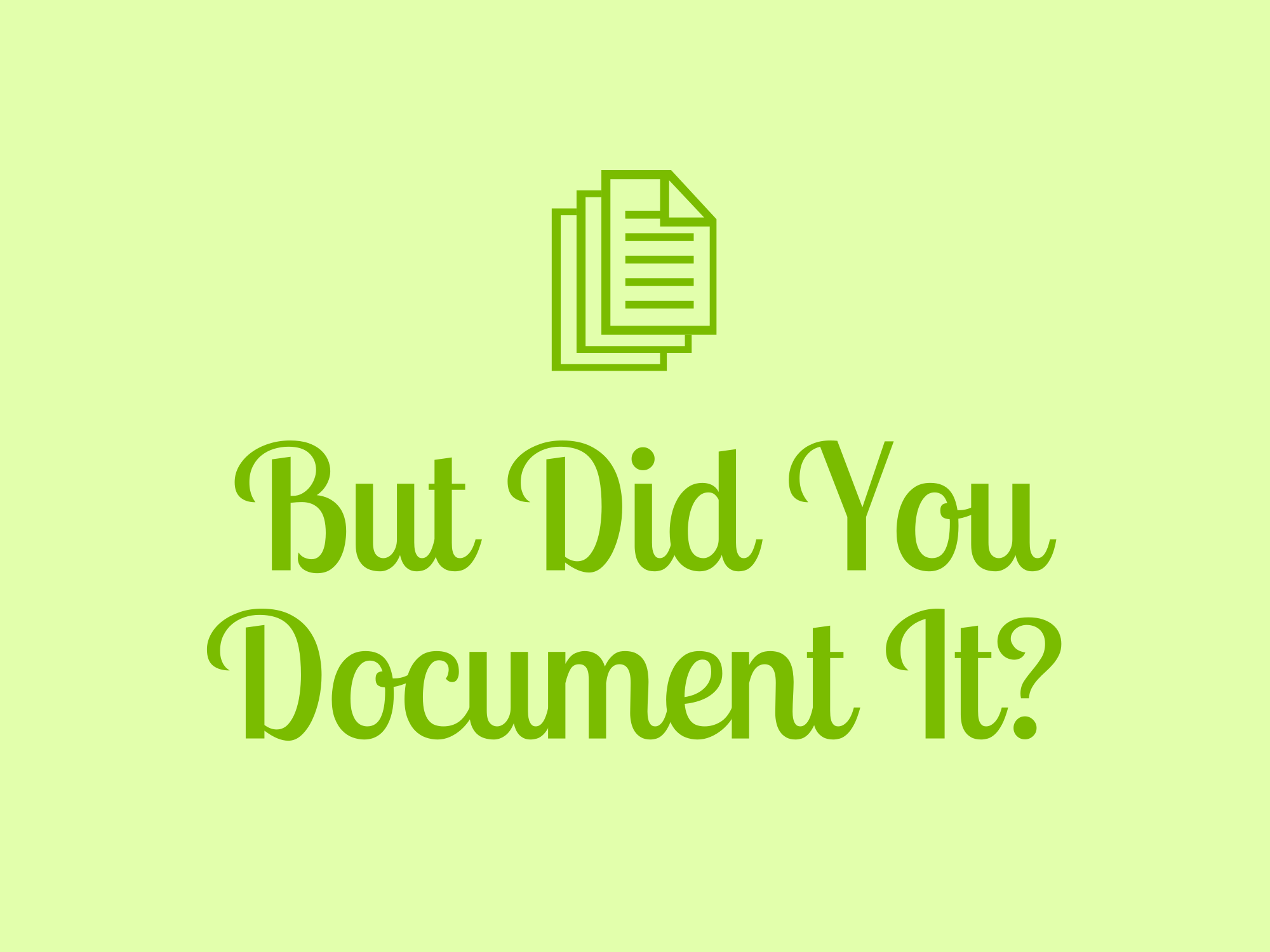
Investigation
Before submitting a grievance, it’s essential to investigate the workplace issue thoroughly. Collect facts by talking to coworkers and reviewing any relevant documents. Note specific incidents, dates, and involved parties to support your claims. This helps clarify the problem and ensures you understand it fully. Identifying any patterns or repeated behaviors can strengthen your case. Once you gather enough information, assess whether this issue follows company policy. A clear understanding will help you present your grievance effectively. Taking these steps can lead to a better resolution before escalating the situation.
Investigating a Potential Grievance:
A Guide for Shop Stewards and Union Representatives
In the complex landscape of labor relations, shop stewards and union representatives play a vital role in advocating for workers’ rights and ensuring fair treatment in the workplace. When an employee raises a concern, it’s essential to determine whether it constitutes a grievance or simply a gripe. Understanding this distinction, alongside effective investigation techniques, can facilitate resolution and enhance workplace harmony. This article explores how to investigate potential grievances, differentiate between gripes and grievances, consider alternative resolutions, and gather the necessary information for a successful grievance submission.

Understanding Gripes vs. Grievances
Before diving into the investigation, it’s crucial to understand the difference between a “gripe” and a “grievance.”
-
Gripe: A gripe generally refers to a complaint that may not fall under the formal grievance procedures outlined in a collective bargaining agreement (CBA). Gripe examples include dissatisfaction with workplace morale, dissatisfaction with shift assignments, or minor interpersonal conflicts.
-
Grievance: A grievance, on the other hand, is a formal complaint regarding an alleged violation of a labor agreement or workplace policy. This could involve issues like wrongful termination, unsafe working conditions, harassment, or unfair disciplinary actions.
To differentiate between the two, ask the employee specific questions about their concerns and the underlying issues. Understanding the nature of the complaint helps to clarify whether it is actionable under the CBA.
Investigating the Potential Grievance
When investigating a potential grievance, follow these structured steps:
Listen Actively: Begin by meeting with the employee to discuss their concerns. Listening actively is crucial; it shows that you value their perspective and helps build trust. Encourage them to provide specific examples of the incidents they’re concerned about.
Gather Information: Collect all relevant information regarding the issue at hand. This includes:
-
-
Details of the incident(s), including dates, times, locations, and involved parties.
-
Any documentation the employee has, such as emails, memos, or reports.
-
Witness statements from colleagues who may have observed the incident or are aware of the situation.
-
Review Policies and Agreements: Familiarize yourself with the CBA and any workplace policies that may apply to the issue. This knowledge is essential in determining whether a formal grievance is warranted.
Identify Patterns: If the issue is ongoing, investigate whether there have been similar complaints in the past. This may indicate a systemic problem that needs to be addressed at a higher level.
Maintain Confidentiality: Throughout the investigation process, ensure that all discussions and documents are kept confidential to protect the privacy of all parties involved.

Exploring Alternative Solutions
Even if a grievance exists, it is often beneficial to explore resolution options outside the formal grievance process. Alternatives can lead to quicker resolutions and foster a more collaborative environment. Consider these approaches:
- Informal Resolution: Sometimes, a simple conversation between the employee and the management can clarify misunderstandings and resolve the issue amicably.
- Mediation: In cases where direct communication is insufficient, a neutral third party (a mediator) can help facilitate a discussion between the employee and management to reach a mutually satisfactory agreement.
- Conflict Resolution Programs: Encourage the use of existing conflict resolution programs within the organization, which may offer training or workshops designed to address workplace disputes.
Preparing to Submit a Grievance
If it becomes clear that a formal grievance is necessary, ensure you have all the required information to submit it effectively:
Documentation:
Compile all relevant evidence, including the initial complaint, investigation findings, witness statements, and any communications related to the issue.
Formal Grievance Form:
Familiarize yourself with the specific format required for submitting a grievance. Ensure that all required sections are filled out clearly and concisely.
Timeliness:
Be mindful of deadlines stipulated in the CBA for filing grievances. Delays can jeopardize the ability to pursue the grievance.
Outline Desired Outcomes:
Clearly articulate the desired outcomes or remedies that the employee seeks. This helps management understand the resolution sought and can lead to more productive discussions.
Follow Up:
Once the grievance is submitted, stay in contact with the employee to keep them informed of developments. Follow up with management to ensure timely responses and progress.
Conclusion
Navigating the grievance process requires careful consideration, effective communication, and a strong understanding of labor relations. By investigating potential grievances thoroughly, distinguishing between gripes and grievances, exploring alternative resolutions, and preparing diligently for formal submissions, shop stewards and union representatives can advocate effectively for workers’ rights. This not only empowers employees but also contributes to a more respectful and fair workplace culture.
